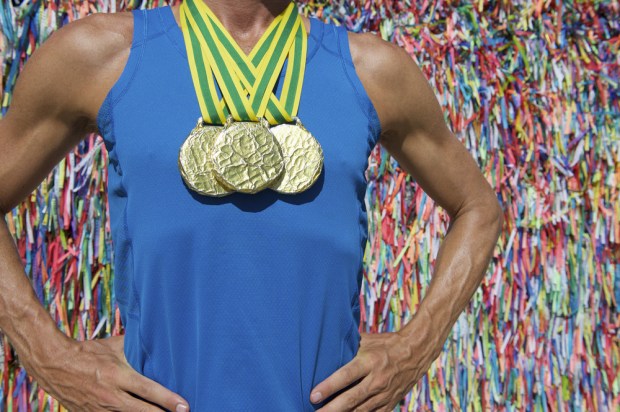Olympians Go For The Gold With Help From The Internet Of Things

For a few athletes, wearable IoT technology may hold the key to their Olympic dreams.
The world’s best athletes are currently on display at the 2016 Summer Olympics in Brazil, and some are using wearable technology powered by the Internet of Things to help them go for the gold.
United States sprinter Allyson Felix has reached Olympic glory already, taking home gold medals in the 2008 Olympics in Beijing and the 2012 Olympics in London, but she is still looking for a leg-up on her competition. According to a report from The Huffington Post, she is just one of several athletes embracing wearable IoT technology as they look to improve their training and boost their performance in the games.
Felix trained for her upcoming track-and-field events with a pair of 3D-printed shoes designed specifically for her feet. The sneakers not only conform perfectly to her foot but provide Felix with feedback on her performance.
According to the report, Felix isn’t the only American Olympian looking to the Internet of Things for improved athletic training and performance. The men’s cycling team, for one, is using technology called Solos Smart Eyewear that allows the cyclists and their coaches to measure the distance riders have traveled, along with their speed, heart rate and other metrics.
The U.S. women’s volleyball team is also embracing the Internet of Things. The team used a wearable device called VERT during training, which allowed them to measure how often and how high they jumped during practice.
It’s not just American athletes, as South African track-and-field star Willem Coertzen trained for Rio using a Hexoskin smart shirt. The shirt, like the Solos eyewear, can measure information like heart rate, speed, breathing patterns and other biometric indicators.
Wearable technology is having a significant impact on the space, as can be seen in the PYMNTS.com Internet of Things Tracker. The latest tracker features several news stories about companies investing in wearable technology in products ranging from speakers to athletic gear.
